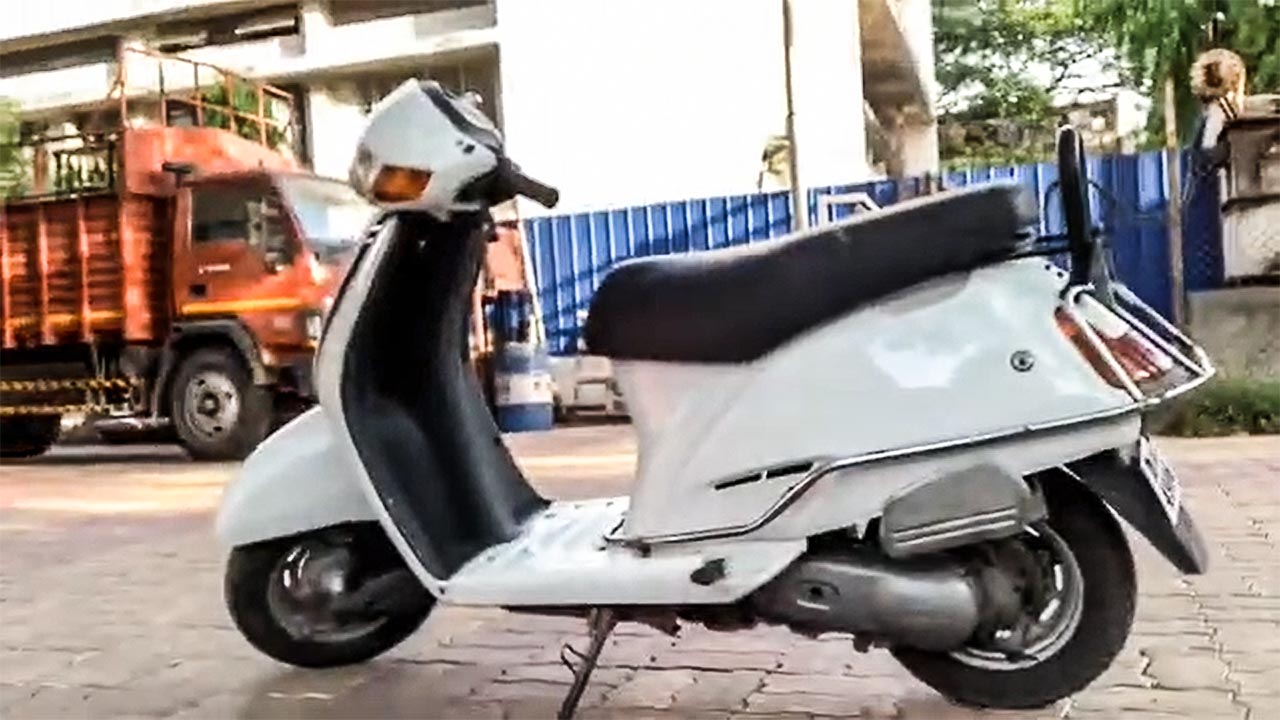
Honda Activa electric project
Across global automotive markets, electric vehicles are gradually picking up. In most cases, the best or well-rounded examples (such as Tesla products) come at a significant premium over an ICE alternative. Still, time is in favour of EV technology. As a prime example, a popular Chinese firm has developed a battery system that has a claimed lifespan of 16 years or 20 lakh kilometres.
In India, there are only three desirable EVs in the four-wheeler category: Tata Nexon EV, MG ZS EV and Hyundai Kona. Mahindra will soon join the party with its eXUV300 or XUV300 Electric. On the other hand, the two-wheeler segment (especially scooters) has a decent portfolio of emission-free products.
At least on our market, e-scooters is the only category in which one can look forward to making the shift. Prices remain relatively high but a modern-day e-scooter can make up for the extra expenditure in multiple ways as compared to an equivalent petrol-CVT option. In fact, we think new names such as Bajaj Chetak and TVS iQube make more sense than an average ICE scooter in several respects. Meanwhile, the Ather 450 or 450X is easily a benchmark among Indian electric two-wheelers.
Pune-based EV specialist Hemank Dabhade believes that electric powertrains have got immense potential compared to a regular petrol or diesel power plant. We have already shared his Chevrolet Beat diesel-to-EV conversion project. Now, Hemank has developed an e-scooter over a first-gen Honda Activa.
Hemank Dabhade has not opted any flashy exterior enhancements in his project. Instead, he concentrated entirely on its internals. Some ICE mechanicals were retained in the conversion. For instance, the CVT system is borrowed from the donor albeit tweaked. The motor shaft and other electrical units are packed such that they do not come in the way of the stock suspension geometry. Powering the ‘Honda Activa Electric’ is a 1kW (1.34bhp) BLDC motor coupled to a 1.44kWh lithium-ion battery pack, in place of a 109cc air-cooled single-cylinder engine. This may not be impressive on paper but is good enough to propel the scooter to a top speed of 65km/h.
On a full charge, the Activa EV can easily cover 45km (adequate for city riding). Adding a pillion would drop the figure to around 35km. Using a regular wall charger, it takes roughly 4-4.5 hours for the battery to attain full juice from empty. The battery unit is currently placed in the underseat storage compartment, thereby making a compromise on practicality. Hemank plans to move it on the footboard in his next e-scooter project.


